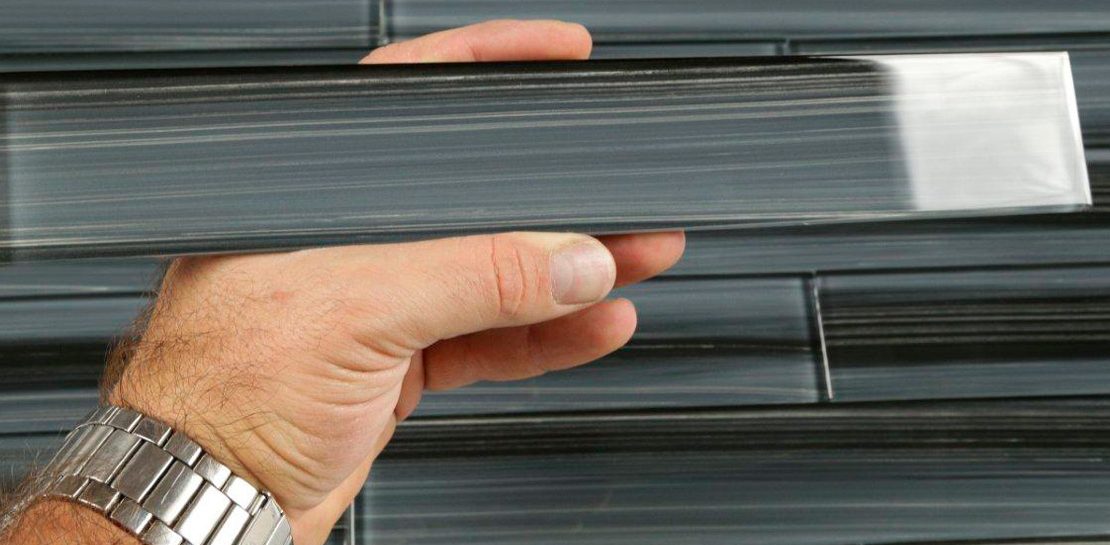- 21st June 2016
- Posted by: Granite & Marble Specialties
- Category: Tiles

Glass tiles were used in the 15th century to create many mosaics in churches and cathedrals. Some of the first tiles created were colored, with red and gold being the two most popular hues. The Victorian period saw glass tiles rise in popularity, and glass mosaic tiles have remained popular for their vibrant luminescence, especially as the manufacturing process for glass tiles became easier and less expensive. Since glass tiles do not absorb water, they are a good choice around baths and in shower areas.
Glass tiles are very versatile and can be used in many applications. They are often found in kitchens and bathrooms, and can be used as wall tiles, backsplash tiles and floor tiles. Glass flooring and countertop tiles are different from traditional glass tiles. They are generally heavier, but can be very durable and attractive. Not all glass tiles are shiny and clear. There are many finishes for them, including making them opaque, patterned or opalescent.
Glass tiles create a beautiful surface, whether they are used on wall or as flooring. They are quite easy to care for and the surface will look beautiful for a long time. Glass tiles in the shower or bath should be cleaned with a mixture of vinegar and water. A soft bristle brush can be used if needed and it should work well on the grout, too. Avoid using anything that is more abrasive than a soft bristle brush because you could scratch the grout. Rinse with clean water and dry with a soft towel.
When cleaning glass tile floors, you might be surprised how little you really have to do. Keeping your glass tile flooring swept is important to avoid dirt and grit on the floor. That can lead to scratches over time.
Glass tiles vary significantly in price depending on the product. For example, a simple, single-colored 12” x 12” glass tile for the floor or wall can be found for under $10. Other tiles the same size but with a mosaic can each go for $30 and up.
